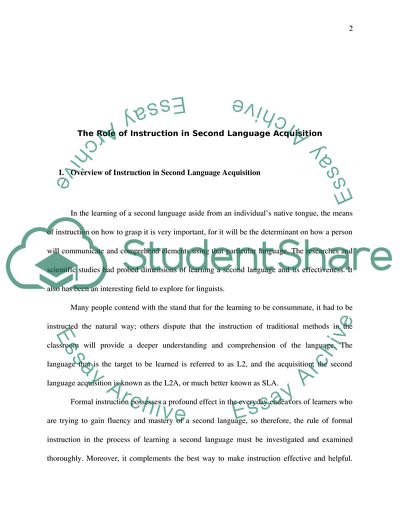Cite this document
(“The Role of Instruction in Second Language Acquisition Essay”, n.d.)
Retrieved from https://studentshare.org/miscellaneous/1532532-the-role-of-instruction-in-second-language-acquisition
Retrieved from https://studentshare.org/miscellaneous/1532532-the-role-of-instruction-in-second-language-acquisition
(The Role of Instruction in Second Language Acquisition Essay)
https://studentshare.org/miscellaneous/1532532-the-role-of-instruction-in-second-language-acquisition.
https://studentshare.org/miscellaneous/1532532-the-role-of-instruction-in-second-language-acquisition.
“The Role of Instruction in Second Language Acquisition Essay”, n.d. https://studentshare.org/miscellaneous/1532532-the-role-of-instruction-in-second-language-acquisition.


